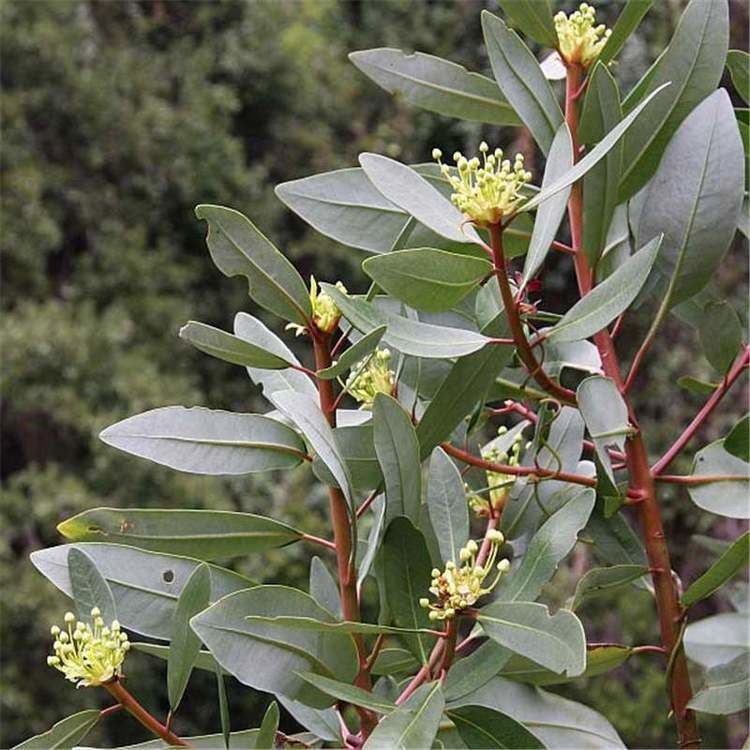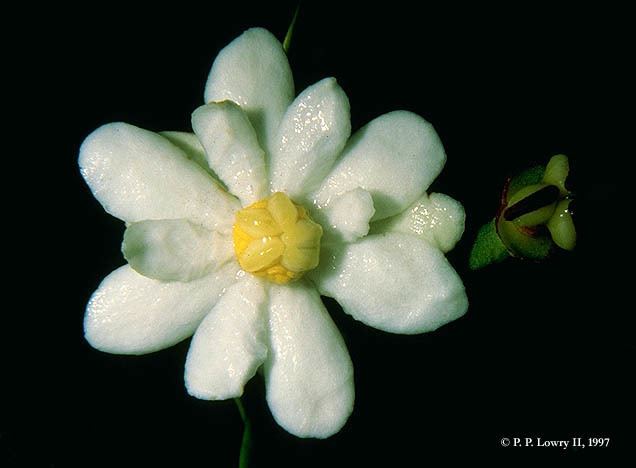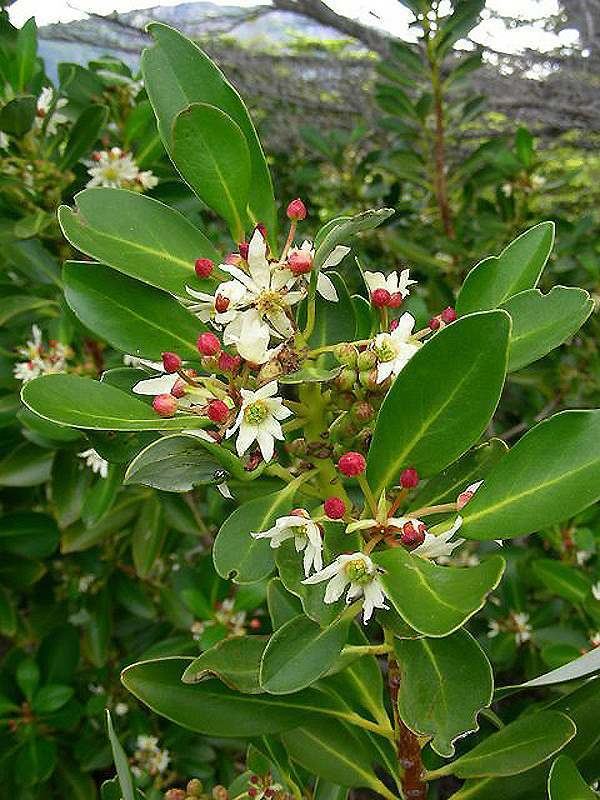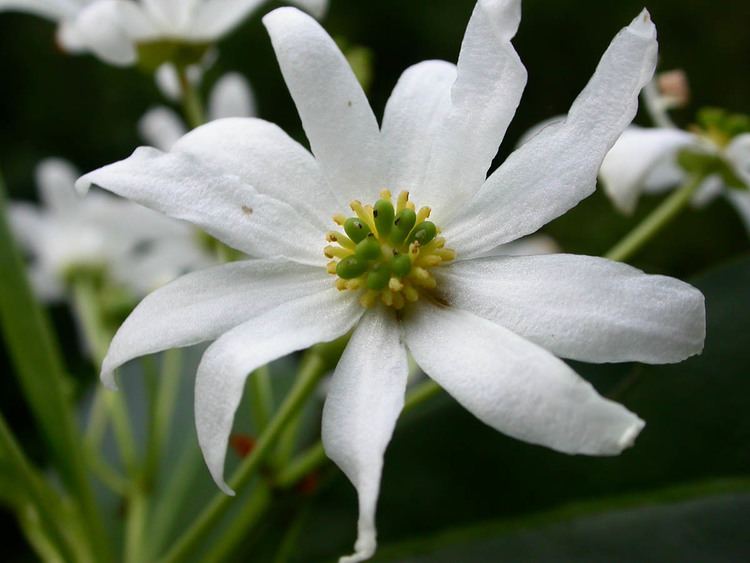Clade Angiosperms Scientific name Winteraceae Rank Family | ||
 | ||
Family Winteraceae; R.Br. ex Lindl. Lower classifications | ||
Winteraceae is a primitive family of tropical trees and shrubs including 60 to 90 species in five genera. It is of particular interest because it is such a primitive angiosperm family, closely related to Magnoliaceae, though it has a much more southern distribution. Plants in this family grow mostly in the southern hemisphere, and have been found in tropical to temperate climate regions of Malesia, Oceania, eastern Australia, New Zealand, Madagascar and the Neotropics, with most of the genera are concentrated in Australasia and Malesia. Drimys is found in the Neotropic ecozone, from southern Mexico to the subarctic forests of southern South America. Takhtajania includes a single species, T. perrieri, endemic only to Madagascar.
Contents

This family has been estimated to be anywhere from 75 to 45 million years ago. Pollen samples found in Gabon indicate that the family is at least 120 million years old. Pollen fossils indicate that the range has been much wider than it is now, disappearing from the African fossil record roughly 24 million years ago.

According to the 1998 APG I system, it did not belong to any order, but it has since been placed in Canellales by the APG II system.

Description

Members of the Winteraceae family are trees or shrubs. The leaves are alternate, with light green dots and a fragrant aroma. Some are used to produce essential oils. Stipules are absent. Flowers are small, mostly appearing in cymes or fascicles. They have two to six free, valvate sepals, though they are united in Drimys.

The Winteraceae have no vessels in their xylem. This makes them relatively immune to xylem embolisms caused by freezing temperatures. In addition, vascular occlusion can occur near the openings of the stomata, preventing excess water from entering.
Among all species, the distinctive characters of released pollen are easily recognized. This is much of the reason why the documented history of this family is so extensive.
Notable species
Drimys winteri (Winter's bark) is a slender tree native to the Magellanic and Valdivian temperate rain forests of Chile and Argentina. It is a common garden plant grown for its fragrant mahogany-red bark, bright-green leaves, and its clusters of creamy white, jasmine-scented flowers. The bark has historically been used to prevent scurvy
Tasmannia lanceolata, known as Tasmanian pepper, is grown as an ornamental shrub, and is increasingly being used as a condiment.
